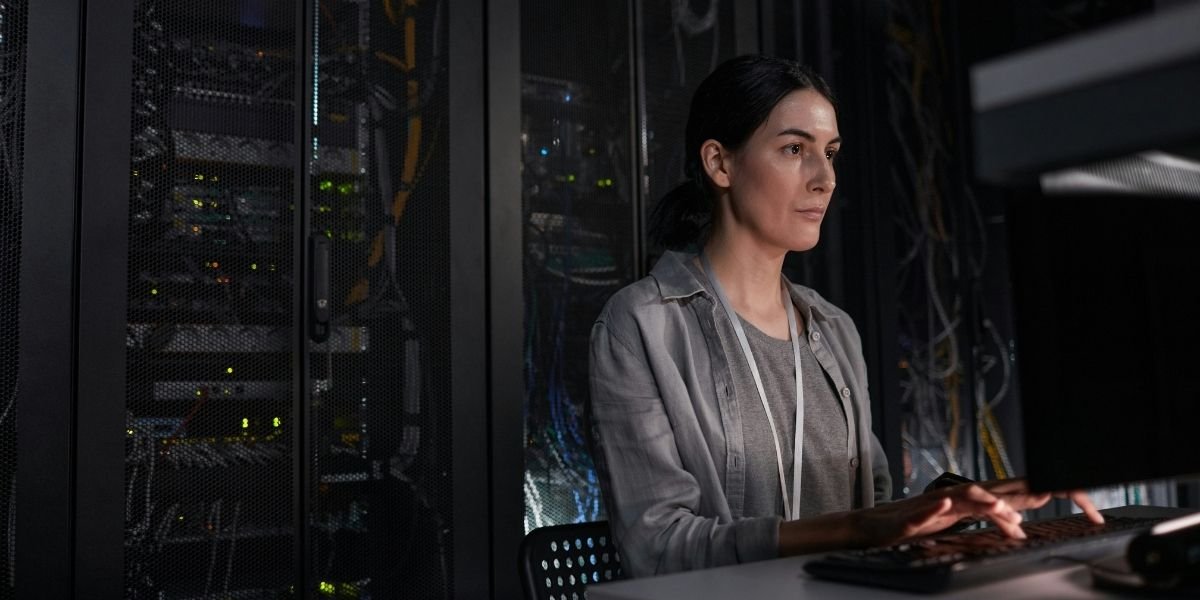San Francisco’s life sciences real estate market, once a cornerstone of commercial growth, is now facing mounting pressure. The sector, which saw rapid expansion during the pandemic-era biotech boom, is grappling with a sharp rise in vacancies and a slowdown in tenant demand. According to recent market data, the Bay Area closed Q3 2025 with a staggering 32.8% vacancy rate and negative net absorption of 194,000 square feet, a signal that the once-thriving lab space market is entering a period of recalibration.
This downturn is being driven by a mix of economic and operational shifts. Venture capital funding for biotech startups has tightened, forcing many early-stage companies to scale back or delay expansion plans. Larger firms, meanwhile, are reevaluating their real estate footprints in light of hybrid work models and evolving research needs. The result is a surplus of high-spec lab space that’s struggling to attract long-term tenants, especially in competitive submarkets like South San Francisco and Mission Bay.
Developers are feeling the strain as well. Many invested heavily in state-of-the-art facilities designed for rapid growth, only to find that demand has cooled. Leasing timelines are stretching, and incentives are rising as landlords compete for a shrinking pool of qualified tenants. Some are pivoting toward flexible layouts and shorter lease terms, hoping to appeal to companies that prioritize agility over square footage. Others are exploring conversions, turning lab space into mixed-use environments that blend research, office, and amenity zones.
Despite the challenges, industry leaders remain cautiously optimistic. San Francisco’s proximity to top-tier universities, research institutions, and a deep talent pool still makes it a prime location for life sciences innovation. But the real estate strategy must evolve. Success in this new climate will depend on adaptability, from how space is designed to how deals are structured. For developers, brokers, and biotech executives alike, the message is clear: the rules of engagement have changed, and the next phase of growth will require a more flexible, forward-thinking approach.
Funding Challenges and Market Saturation
San Francisco’s life sciences real estate sector is facing a critical inflection point. Once buoyed by aggressive venture capital and pandemic-era urgency, the market is now contending with a more selective funding environment. Biotech startups that previously secured multimillion-dollar rounds are now navigating longer fundraising cycles, tighter investor scrutiny, and shifting priorities. Many VCs are redirecting capital toward AI-driven health tech and scalable platforms, leaving traditional wet lab tenants with fewer options, and developers with more vacant space.
This funding pullback is colliding with a wave of overdevelopment. In anticipation of continued growth, developers delivered millions of square feet of high-spec lab space across South San Francisco, Mission Bay, and the Peninsula. But with fewer tenants ready to commit, vacancy rates are climbing and absorption is stalling. The result is a saturated market where landlords are offering steep concessions, flexible lease terms, and buildout incentives just to stay competitive. It’s a sharp contrast to the frenzied leasing activity seen just two years ago.

Photo Credit: Unsplash.com
The shift is also prompting a strategic rethink in how life sciences space is designed and marketed. Developers are exploring modular layouts, hybrid lab-office configurations, and shorter lease cycles to appeal to leaner, more agile companies. Some are even considering co-working models for biotech, offering shared lab infrastructure and flexible memberships to accommodate early-stage firms. These adaptations mirror broader trends in San Francisco’s commercial market, where AI innovation and hybrid work are reshaping demand, as covered in this feature on AI salaries and return-to-office dynamics.
AI’s Influence on Commercial Real Estate Strategy
Artificial intelligence is rapidly reshaping the life sciences sector, and its impact on commercial real estate in San Francisco is impossible to ignore. As biotech and health tech firms integrate AI into everything from diagnostics to drug discovery, their operational needs are changing. These companies no longer require sprawling lab footprints; instead, they’re prioritizing smarter, more efficient spaces that support automation, data processing, and hybrid workflows. This shift is forcing developers to rethink how buildings are designed, leased, and marketed.
The demand for AI-ready infrastructure is growing. Tenants are asking for enhanced connectivity, modular layouts, and energy-efficient systems that can support high-performance computing and real-time collaboration. Traditional lab spaces, built for analog workflows, are struggling to meet these expectations. New developments must now compete on flexibility, tech integration, and speed to market, not just square footage. As covered in this feature on the impact of AI on commercial real estate, the race to modernize is well underway.
This evolution is also changing the leasing conversation. Tenants want more than space, they want strategic partnerships. Developers who can offer adaptive buildouts, shared infrastructure, and data-driven amenities are gaining traction. Meanwhile, brokers are being asked to understand not just location and cost, but how a property supports innovation. In San Francisco’s competitive market, the ability to speak the language of AI is becoming a differentiator for real estate professionals.
What Comes Next for Life Sciences Real Estate
Despite current headwinds, San Francisco’s life sciences real estate market still holds long-term promise. The region’s talent pool, academic institutions, and proximity to venture capital remain unmatched. But success will depend on how well developers, investors, and tenants respond to shifting dynamics. Expect to see more conversions, strategic partnerships, and creative leasing models as the market seeks equilibrium.
In a city known for reinvention, the life sciences sector is entering a new phase, one that demands flexibility, foresight, and a willingness to rethink the blueprint. Real estate may be facing challenges, but the opportunity to build smarter, leaner, and more resilient spaces is very much alive.












